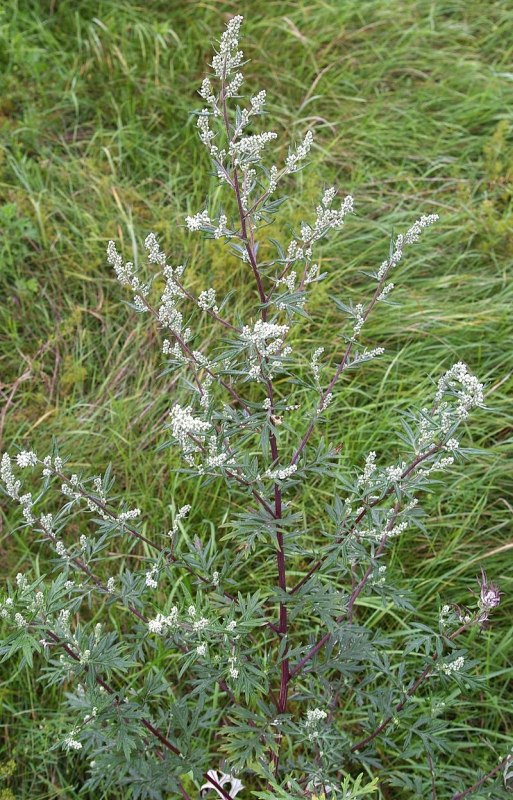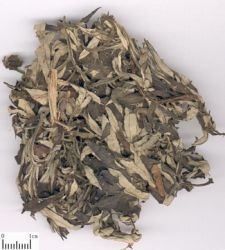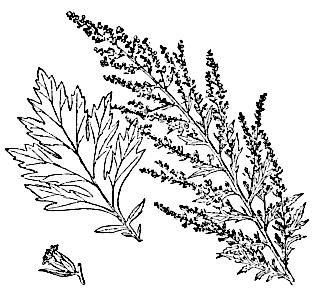[1] Barefoot Doctor's Manual- 1977 Prepared by the Revolutionary Health Committee
of Hunan Province. Original Chinese manual- Victor W. Sidel. Originally published
by Dr Joseph Quin and the Fogarty International centre, Bethdesda (1974). Madrona
Publishers Seattle Washington ISBN 0-914842-52-8
[2] A Complete English Dictionary of Medicinal Terms in Chinese Acupuncture
and Herbalism 1981- Henry Lu Chinese Foundations of Natural Health- The Academy
of Oriental Heritage, Vancouver, Canada.
[3] Translation notes from Gary Seiford and Hocu Huhn- NSW College of Natural
Therapies. Sydney Australia.
[4] Potter's New Cyclopaedia of Botanical Drugs and Preparations R.C.
Wren Revised by Elizabeth M. Williamson and Fred J Evans. First published in
Great Britain in 1988 and reprinted in 1989 and 1994 by the C. W. Daniel Company
Limited. 1 Church Path, Saffron Walden Essex. Published 1988 Printed and bound
by Biddles, Guildford ISBN 085207 1973.
Images
1.
horizonherbs.com
2.
tcmwiki.com
3.
[1]
4.
wikipedia.org
by WolfgangMichel Public Domain
 Artemisia
argyi. A. vulgaris 艾
叶
Ài yè
Mugwort
Family: Asteraceae
Artemisia
argyi. A. vulgaris 艾
叶
Ài yè
Mugwort
Family: Asteraceae
 FLAVOR: Bitter, pungent, fragrant, acrid CHANNELS:
Spleen, Liver, Kidney TOXICITY:
Slightly Toxic
FLAVOR: Bitter, pungent, fragrant, acrid CHANNELS:
Spleen, Liver, Kidney TOXICITY:
Slightly Toxic 

 HABITAT:
Cultivated in gardens and along roadsides.
HABITAT:
Cultivated in gardens and along roadsides.